Home >
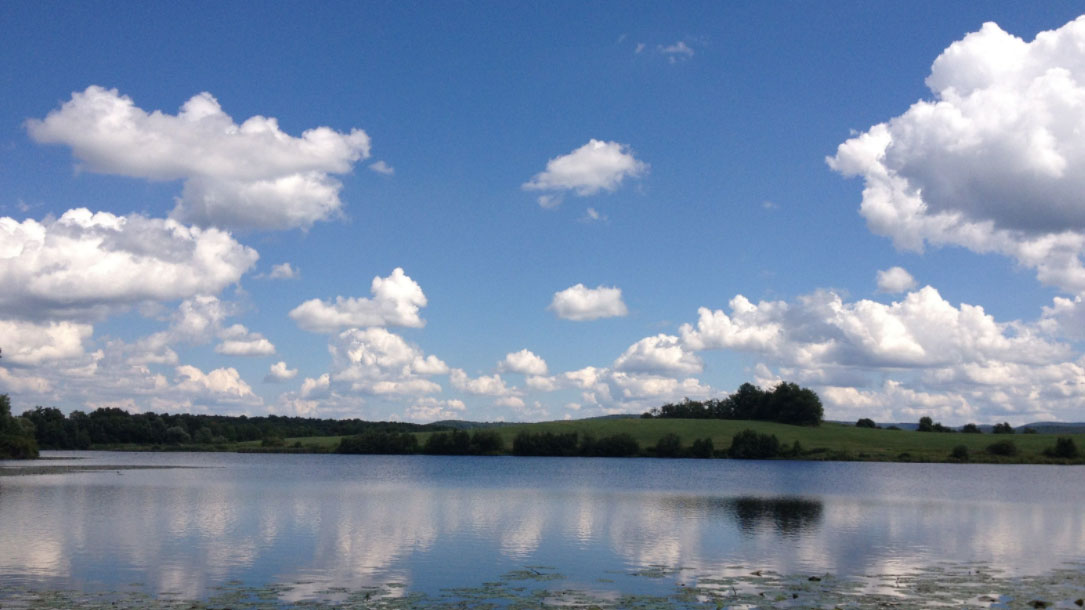
Taking steps to “walk the walk”: Peconic Land Trust makes changes
Peconic Land Trust’s (PLT) values and goals reflect their organization’s desire to protect their environment and appreciate the natural resources of Long Island, New York. Over the last several years, PLT has taken steps to minimize their carbon footprint by making their offices more efficient and by integrating “green principles” throughout the organization.
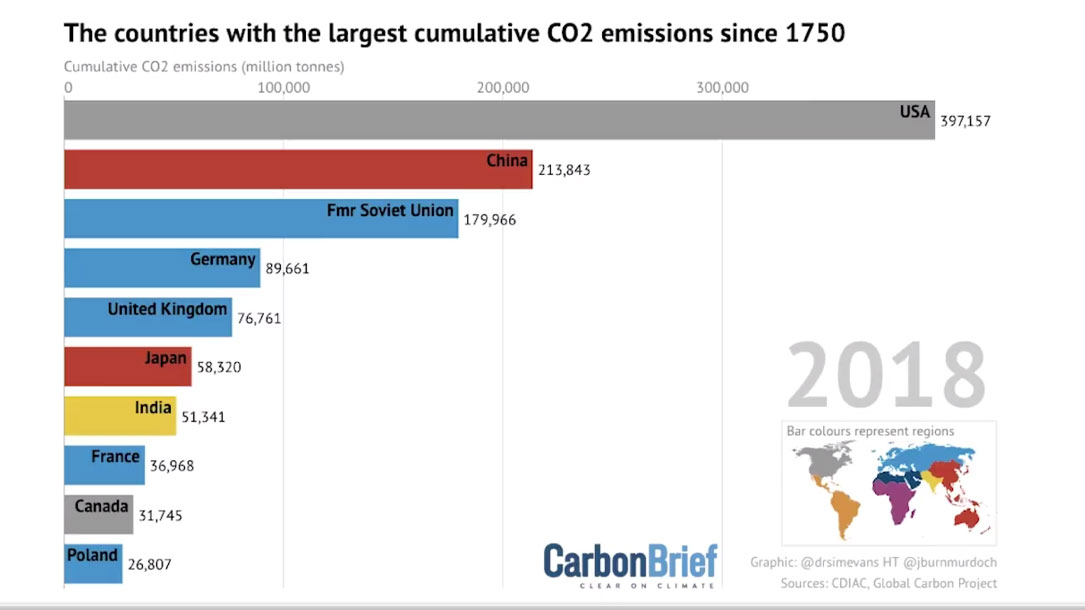
Why the US bears the most responsibility for climate change, in one chart
“Carbon dioxide emissions reached a record high in 2019, according to a report published Wednesday by the Global Carbon Project. The report also found that the rate of emissions growth is slowing down among some of the world’s largest emitters.
But climate change is a cumulative problem, a function of the total amount of greenhouse gases that have accumulated in the sky. Some of the heat-trapping gases in the air right now date back to the Industrial Revolution. And since that time, some countries have pumped out vastly more carbon dioxide than others…”
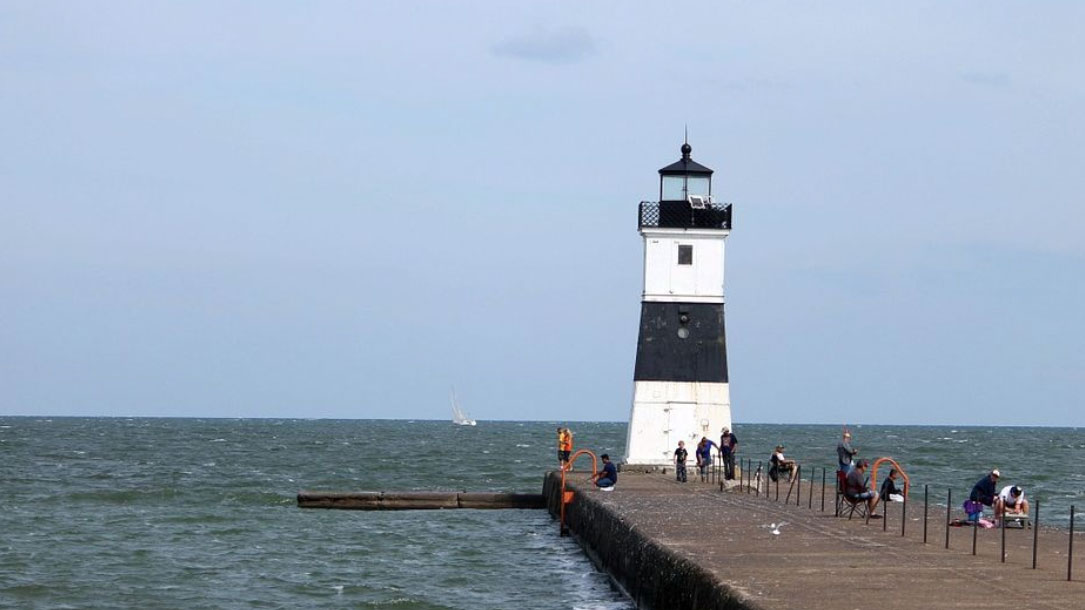
Climate change will have profound effects on the Great Lakes region
A new report commissioned by the Environmental Law and Policy Center urges Great Lakes states to mitigate and prepare for the “profound” effects of climate change.
The report, authored by more than a dozen Midwest and Canadian researchers, says Great Lakes states will see more very hot days, increases in heavy rainfall and flooding, declines in crop yields, and threats to drinking water…
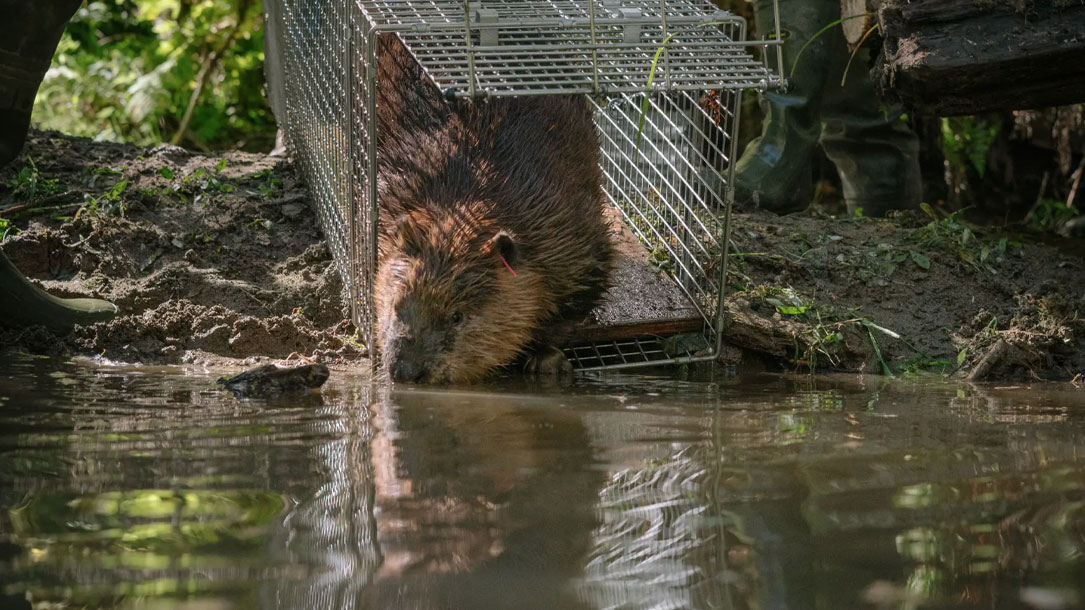
An indigenous tribe in Washington is strategically placing beavers around to help salmon
The sentiment that Castor canadensis is little more than a tree-felling, water-stealing, property-flooding pest is a common one. In 2017, trappers in Washington State killed 1,700 “nuisance” beavers, nearly 20 times more than were relocated alive. In neighboring Oregon, the herbivorous rodents are classified as predators, logic and biology notwithstanding. California considers them a “detrimental species.” Last year alone, the U.S. Department of Agriculture eliminated more than 23,000 conflict-causing beavers nationwide.
Running countercurrent to this carnage is another trend: the rise of the Beaver Believer. Across North America, many scientists and land managers are discovering that, far from being forces of destruction, beavers can serve as agents of water conservation, habitat creation, and stream restoration…

To save the monarch butterfly, Mexican scientists are moving a forest 1,000 feet up a mountain
The world is losing monarch butterflies at a startling rate, as logging, herbicides, and other human activities destroy natural habitats. But the biggest threat yet has only recently come into focus. Climate change, with its extreme storms, prolonged droughts, and warming temperatures, is poised to eradicate the forest that serves as the butterfly’s winter refuge.
To help his beloved butterflies, Ramirez has partnered with scientists on a monumental experiment: They are trying to move an entire forest 1,000 feet up a mountain…
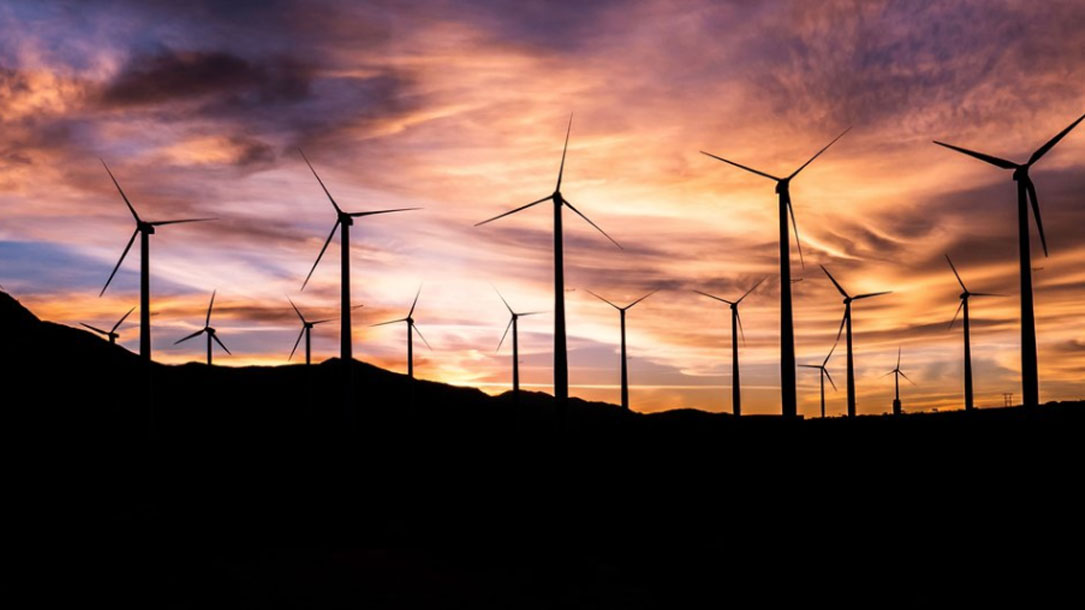
Where we stand on important issues
“The American Conservation Coalition believes that people, businesses, and the government can work together to solve the nation’s environmental issues without sacrificing our economic prosperity or our rights as Americans. Market-based environmental action allows us to conserve our energy, wildlife, land, air, and water, while also ensuring continued economic growth…”

The young Republicans breaking with their party over climate change
“I think conservatives for a long time have been too willing to just let this be a leftwing issue. We can talk about this. Conservatives that care about the environment do exist.”
Fischer heads campus operations for the American Conservation Coalition (ACC), a Republican youth group founded 18 months ago but already with a presence in 125 colleges across the U.S., holding events and organizing campaigns. In January, 41 state college Republican chairs signed an ACC letter to GOP leaders urging “action on clean energy and environmental issues” to ensure “conservative values are not lost on the next generation”…
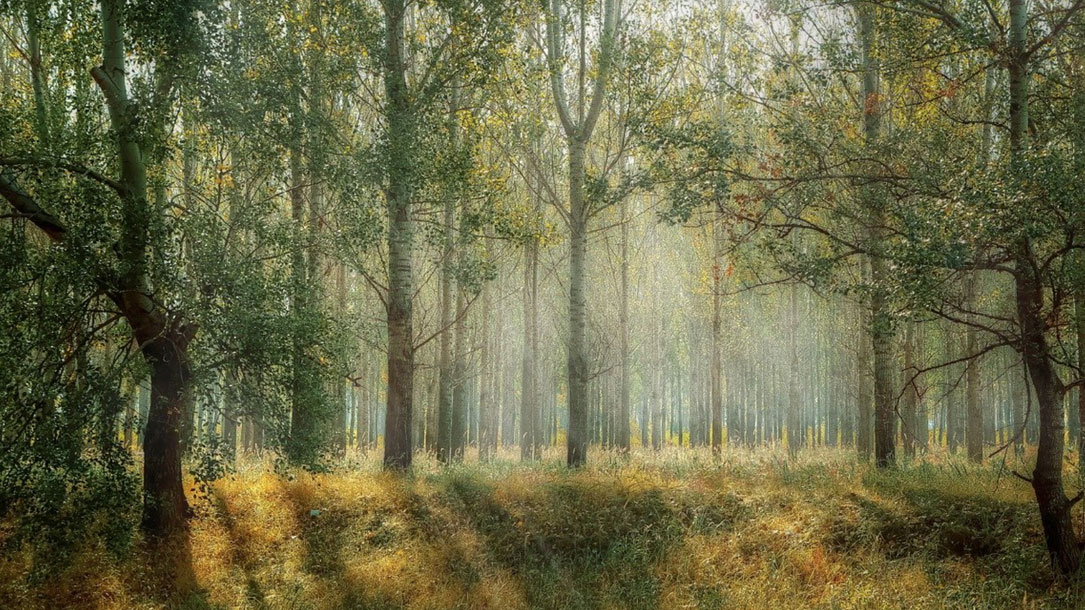
Leading on climate change solutions
“Forests are the best nature-based solution to climate change. Annually in the United States, forests and forest products capture and store almost 15 percent of the country’s carbon emissions from burning fossil fuels. They have the potential to capture nearly twice as much if we plant more trees, use climate-smart practices to manage our forests and take other actions.
And we are not just talking about big forests in national parks and rural mountain communities. Trees in metropolitan areas and small towns in the U.S. are responsible for almost one-fifth of the country’s captured and stored carbon emissions. They also shade buildings in the summer and block wind in the winter, which reduces the use of air conditioners and heaters—avoiding millions of tons of carbon emissions…”

Parks Are a Critical Solution to Climate Change
Parks mitigate the urban heat island effect, improve air quality, and absorb carbon from the atmosphere. They support local biodiversity and can act as buffer zones for flooding or mudslides. Parks add both important social and environmental infrastructure…
Urban parks are also important because they provide the foundation for urban forests, which help cities both mitigate carbon emissions and adapt to a changing climate. According to Jad Daley, CEO of American Forests, urban forests absorb some 100 million tons of carbon each year—about 2% of global greenhouse gas emissions. Trees found in these green areas can reduce energy use up to 7% because they provide wind blocks for homes in the winter and cooling in the summer…
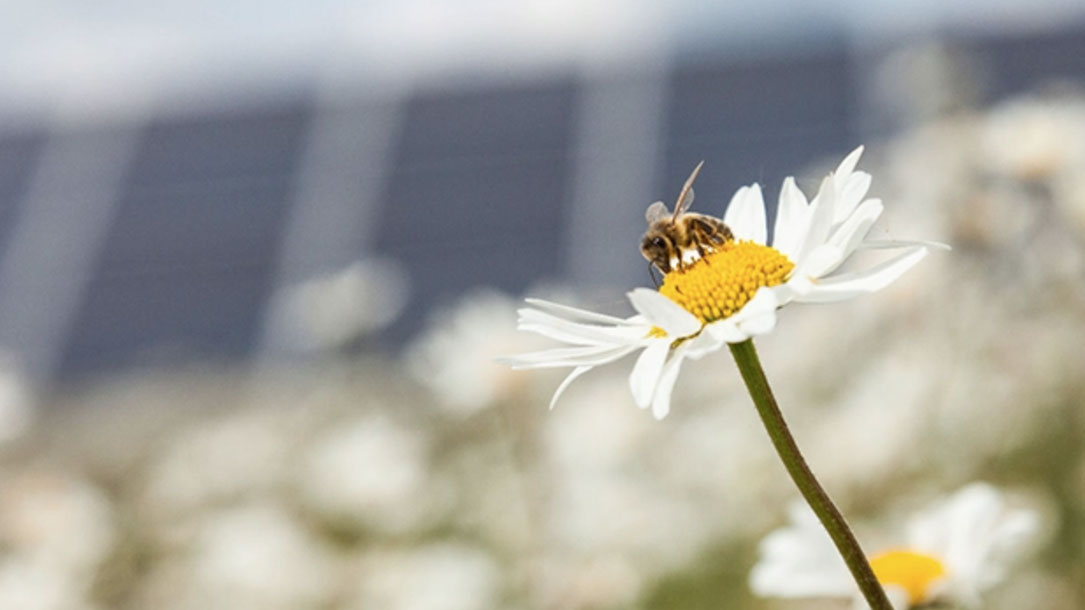
Highly compatible: pollinator-friendly solar projects and farming
Taking farmland out of production to increase harvests might seem counterintuitive. But new and ongoing research suggests that trading some farmland for deep-rooted prairie vegetation can provide habitat for wild insect pollinators and boost overall crop yields.
Increasingly popular pollinator-friendly solar projects, which cultivate low-growing meadows underneath the panels, present an opportunity to increase food production and clean energy generation at once. For a state like Minnesota, where farming is prevalent and the solar industry is expanding, this kind of compatibility between agriculture and solar energy production is a most welcome development…












